I have an SEN-10245 sensor for weighing objects (essentially a strain gauge). The goal is to capture data with a Raspberry Pi, so the signal from the weight sensor needs to be amplified and then ran through an Analog to Digital converter. I have the AD620 InAmp paired with a 47 Ohm resistor to set the gain to ~1000, which is then ran through the MCP3008 Analog to Digital Converter. I then hooked the converter up to the Raspberry Pi following this Adafruit tutorial
Question: Where should the red black and white leads of the load sensor be connected; this is the signal that needs to be amplified by the InAmp.
The pictures below illustrate my current setup:


